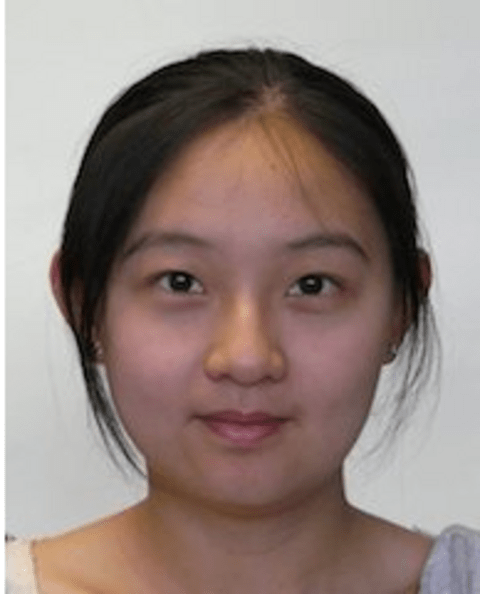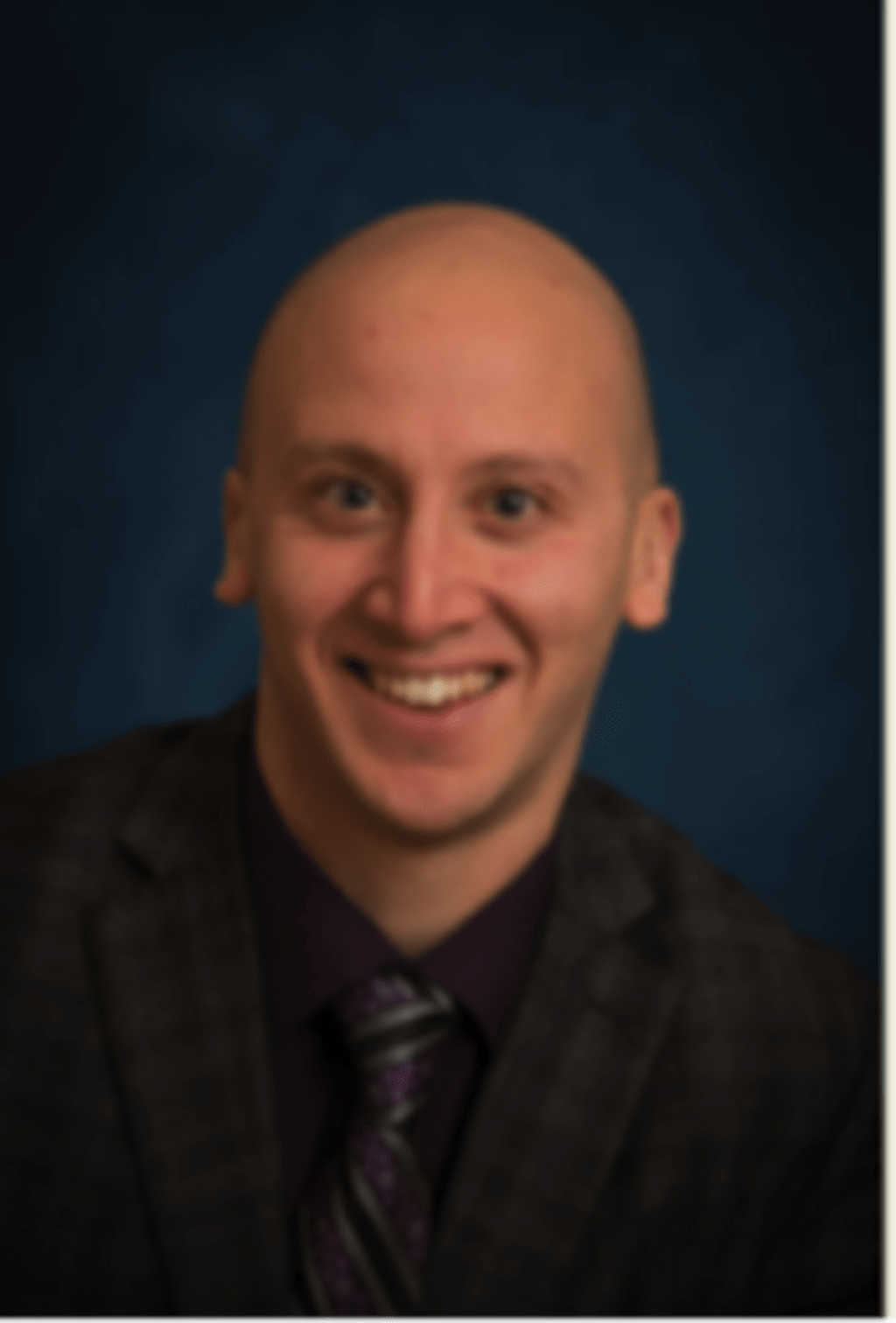‘Free-space’ Chiral Quantum Optics and a ‘Few-Atom’ Quantum Antenna
Peter Zoller - University of Innsbruck
We start with an overview of chiral quantum optics as quantum light-atom interfaces with broken left- right symmetry and associated quantum optical phenomena and applications. While chiral quantum optics is traditionally discussed in context of nano-photonics and nano fibers , we propose here a novel ‘free-space’ chiral quantum optics realized as atoms in free space coupled to a ‘few-atom’ quantum antenna. In particular, we discuss free space photonic quantum links between atoms (qubits) equipped with sending and receiving quantum antennas.

 Xiaodong Ma: Topological insulator and the quantum anomalous Hall effect
Xiaodong Ma: Topological insulator and the quantum anomalous Hall effect